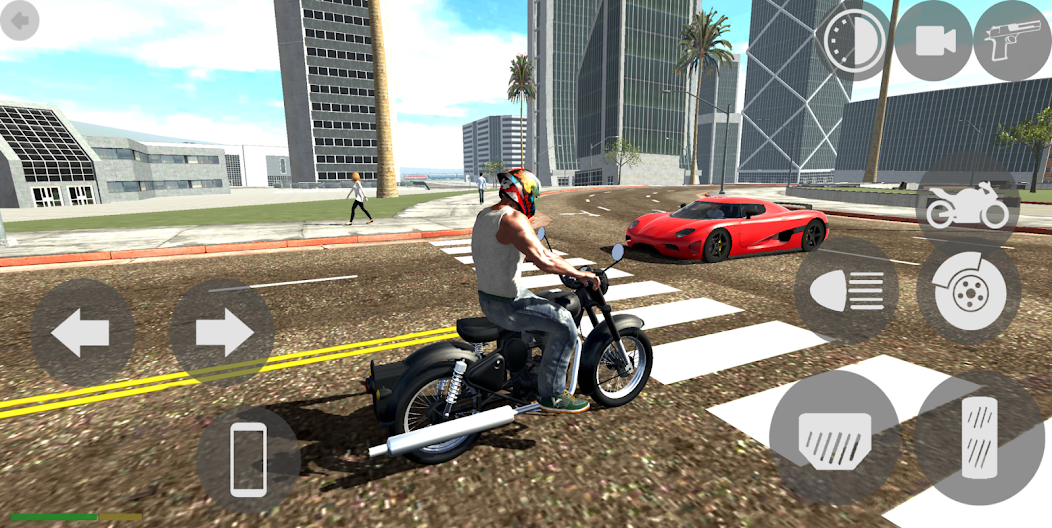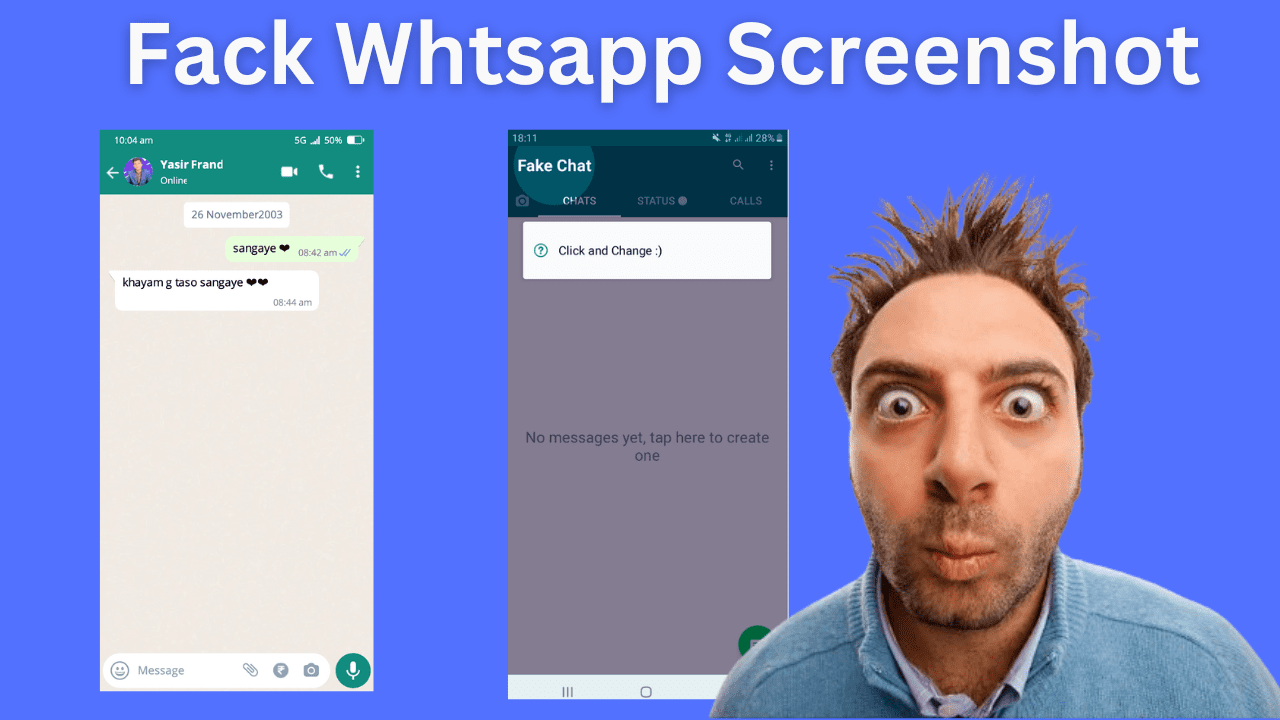Introduction
In today’s digital world, user experience plays a crucial role in the success of mobile applications. One essential element that contributes to a seamless user experience is the navigation bar. A well-designed and properly implemented navigation bar can enhance the usability and accessibility of an Android app, allowing users to navigate through different sections effortlessly. In this article, we will explore the best practices and tips for creating an effective navigation bar in an Android app.
Importance of a Navigation Bar
A navigation bar serves as a roadmap for users, enabling them to explore different features and sections within an Android app. It acts as a central hub that connects various screens and functionalities, providing a seamless and intuitive user experience. A well-designed navigation bar enhances user engagement and ensures that users can easily find what they’re looking for, leading to higher app retention rates.
Types of Navigation Bar
Hamburger Menu
The hamburger menu, represented by three horizontal lines stacked on top of each other, is a popular choice for navigation in mobile apps. When tapped, it reveals a hidden panel containing navigation options. While it saves screen space, it can sometimes hinder discoverability as users may not be aware of the hidden options.
Tab Bar
Tab bars are commonly found at the bottom of the screen and provide direct access to different app sections. Each tab represents a specific category or feature, allowing users to switch between them with a single tap. Tab bars are visible at all times, ensuring easy access to navigation options.
Bottom Navigation
Similar to the tab bar, the bottom navigation pattern displays navigation options at the bottom of the screen. It typically consists of icons or labels representing different sections. It is especially useful for apps with fewer categories or where quick access to primary features is required.
Key Considerations for Designing a Navigation Bar
Clear and Concise Labels
The labels used in the navigation bar should be descriptive yet concise. Avoid using complex jargon and instead opt for simple and familiar terms that users can easily understand. Using icons alongside text labels can also enhance usability.
Consistency in Placement
Consistency is key when it comes to the placement of the navigation bar. Users have become accustomed to certain design patterns, and deviating from them can cause confusion. Keep the navigation bar in a fixed position throughout the app to provide a consistent user experience.
Visual Cues and Feedback
Visual cues, such as highlighting the active tab or providing feedback on user actions, help users understand their current location within the app. Subtle animations and transitions can also make the navigation feel more responsive and engaging.
Prioritization of Navigation Options
Consider the importance of different sections within your app and prioritize them accordingly in the navigation bar. Place the most frequently used or critical features prominently to facilitate easy access for users.
Implementing Navigation Bar in Android
Using the Navigation Component
Google’s Navigation Component is a powerful library that simplifies the implementation of navigation in Android apps. It provides a standardized way of handling navigation, including features like deep linking and handling the back stack. By following the Navigation Component guidelines, developers can create a robust and efficient navigation flow.
Custom Implementation
For more complex navigation requirements or specific design choices, custom implementation might be necessary. Custom navigation bars offer greater flexibility and control over the app’s navigation flow. However, they require careful planning and consideration to ensure a seamless user experience.
Best Practices for Navigation Bar Design
Minimalistic Approach
Simplicity is key in navigation bar design. Avoid cluttering the bar with too many options, as it can overwhelm users. Stick to the essential features and categories, and provide secondary navigation options in other parts of the app.
High Contrast Colors
To improve visibility and accessibility, choose high contrast colors for the navigation bar. Use color schemes that align with your app’s branding while ensuring sufficient contrast between the background and text.
Responsive and Adaptive Design
With the variety of Android devices available, it’s crucial to design the navigation bar to adapt to different screen sizes and resolutions. Implement responsive design principles to ensure optimal user experience across various devices.
Gesture-based Navigation
In addition to traditional navigation bars, consider incorporating gesture-based navigation. Gestures provide an intuitive and natural way for users to interact with the app. However, it’s essential to provide clear hints and instructions to guide users who may not be familiar with gesture-based interactions.
Accessibility Considerations
Ensure that the navigation bar meets accessibility standards. Use appropriate text sizes, contrast ratios, and provide alternative text for icons to assist users with visual impairments. Test the app with accessibility tools to identify and address any accessibility issues.
Optimizing Navigation Bar for SEO
While navigation bars primarily focus on enhancing user experience, optimizing them for search engines can also benefit your app’s visibility and discoverability. Consider the following tips:
Descriptive Link Text
Use meaningful and descriptive link text for navigation options. Avoid generic phrases like “Click here” and instead use specific keywords that accurately represent the destination page.
Page Hierarchy and Structure
Maintain a logical hierarchy and structure for your app’s pages. Organize them in a way that allows search engines to understand the relationship between different sections. Use header tags (H1, H2, H3, etc.) to indicate the importance and structure of content.
Breadcrumb Navigation
Implement breadcrumb navigation to provide users and search engines with a clear path to navigate back to higher-level pages. Breadcrumbs enhance the user experience and can also improve SEO by facilitating better indexing and understanding of your app’s structure.
Monitoring and Iterating
To ensure the effectiveness of your navigation bar, it’s essential to monitor its performance and make iterative improvements based on user feedback and data. Consider the following practices:
User Feedback and Analytics
Collect user feedback through surveys, reviews, or usability testing to understand how users perceive and interact with the navigation bar. Analyze app analytics to identify patterns and areas for improvement.
A/B Testing
Perform A/B testing by creating variations of the navigation bar and testing them with a subset of users. This allows you to measure the impact of different design choices and iterate based on real-world usage data.
Conclusion
A well-designed navigation bar is a critical component of a successful Android app. By following best practices, considering user experience, and optimizing for SEO, you can create a navigation bar that enhances usability, engages users, and improves discoverability. Remember to continuously monitor and iterate based on user feedback and data to ensure an exceptional navigation experience.
FAQs
- Q: How many navigation options should I include in the navigation bar? A: It’s best to include the most important and frequently used navigation options in the navigation bar. Avoid overcrowding it and consider alternative navigation methods for secondary options.
- Q: Can I use icons without text labels in the navigation bar? A: While icons can enhance the visual appeal of the navigation bar, it’s recommended to include text labels alongside them. Text labels provide clarity and eliminate any ambiguity in navigation options.
- Q: Should the navigation bar be visible at all times? A: It depends on the type of navigation bar you choose. Tab bars and bottom navigation are generally visible at all times, while hamburger menus are hidden until activated.
- Q: How can I ensure my navigation bar is accessible to all users? A: Use appropriate text sizes, high contrast colors, and provide alternative text for icons. Test your app’s accessibility using tools like screen readers to identify and address any accessibility issues.
- Q: Is it necessary to optimize the navigation bar for SEO? A: While the primary focus of the navigation bar is user experience, optimizing it for SEO can improve your app’s visibility and discoverability in search engines. Implementing SEO best practices can be beneficial in the long run.




